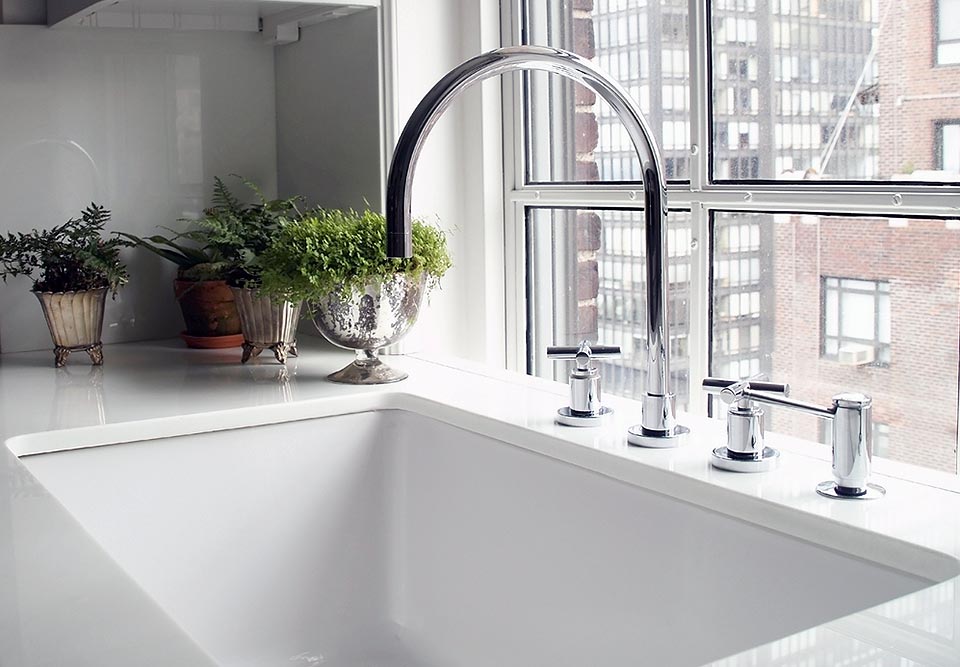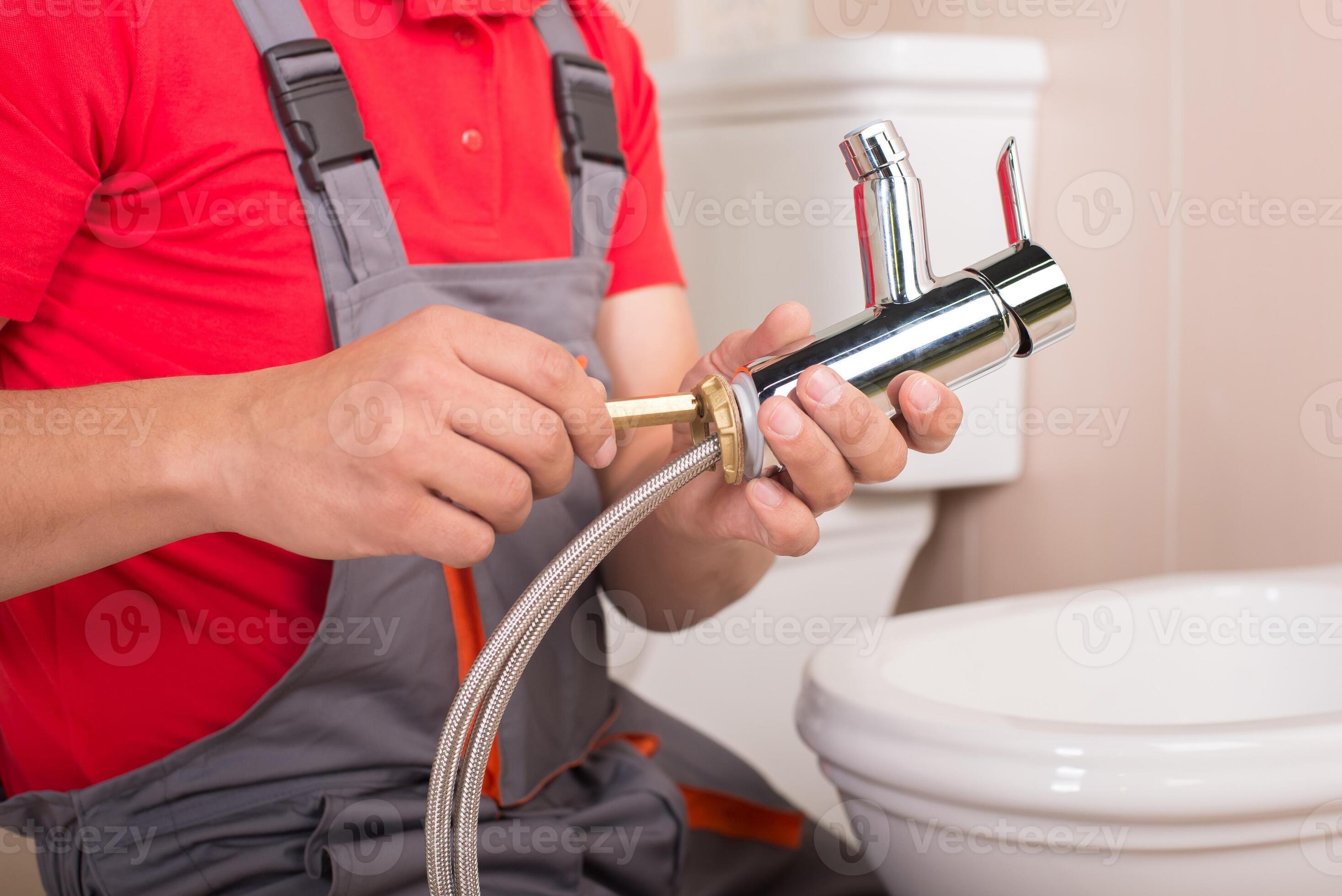If you're looking to give your kitchen a fresh new look, one way to do it is by installing a new kitchen sink. While hiring a professional to do the job may seem like the easier option, installing a kitchen sink yourself can save you a significant amount of money. But the question remains, can you really install a kitchen sink on your own? The answer is yes, you can install a kitchen sink yourself with the right tools and a bit of know-how. In this article, we'll guide you through the process of DIY kitchen sink installation, provide you with some helpful tips and tricks, and highlight some common mistakes to avoid. By the end, you'll be ready to take on this project with confidence and have a brand new kitchen sink to show for it.Can I Install a Kitchen Sink Myself?
Before getting started, it's important to have a plan in place. This includes deciding on the type of sink you want, measuring your space to ensure the sink will fit, and gathering all the necessary tools and materials. It's also important to consider your skill level and whether you feel comfortable tackling this project on your own. Once you have all of these things in place, it's time to begin the installation process. The first step is to turn off the water supply and disconnect any plumbing connections. Next, you'll need to remove the old sink and clean the area where the new sink will go. Next, you'll want to follow the manufacturer's instructions for attaching any mounting hardware or brackets to secure the sink in place. This may involve using silicone adhesive or clips to hold the sink in place. Once the sink is securely in place, you can connect the plumbing and turn the water supply back on.How to Install a Kitchen Sink
Installing a kitchen sink yourself can be a rewarding and cost-effective project, but it's important to make sure you have the right tools and skills to do the job correctly. Some of the tools you may need include a wrench, screwdriver, hammer, and caulk gun. It's also important to have safety equipment, such as gloves and safety goggles, to protect yourself during the installation process. If you're unsure of your abilities or are uncomfortable with any part of the installation process, it may be best to hire a professional to avoid any potential damage or mistakes. However, with the right preparation and attention to detail, most homeowners can successfully install a kitchen sink themselves.DIY Kitchen Sink Installation
As mentioned before, it's important to have a plan in place before starting the installation process. Here is a step-by-step guide to help you through the process: Step 1: Gather all necessary tools and materials. Step 2: Turn off the water supply and disconnect plumbing connections. Step 3: Remove the old sink and clean the area. Step 4: Follow manufacturer's instructions for attaching mounting hardware or brackets. Step 5: Connect the plumbing and turn the water supply back on. Step 6: Test the sink for any leaks and make adjustments as needed. Step 7: Seal around the edges of the sink with caulk. Step 8: Enjoy your new kitchen sink!Step-by-Step Guide for Installing a Kitchen Sink
As mentioned previously, it's important to have the right tools on hand when installing a kitchen sink. Some of the tools you may need include: Wrench - for tightening and loosening nuts and bolts. Screwdriver - for removing and installing screws. Hammer - for tapping in any hardware or brackets. Caulk gun - for sealing around the edges of the sink. Safety equipment - such as gloves and safety goggles.Tools Needed for Installing a Kitchen Sink
Installing a kitchen sink may seem like a daunting task, but with these helpful tips, you'll be a pro in no time: Measure twice, cut once - make sure to measure your space accurately before purchasing a sink to ensure it will fit. Follow the manufacturer's instructions - every sink installation may be slightly different, so be sure to read and follow the instructions carefully. Use a level - to ensure your sink is installed evenly and won't cause any water pooling or drainage issues. Don't over-tighten - be careful not to over-tighten any nuts or bolts, as this can lead to damage or leaks. Ask for help - if you're unsure about any part of the installation process, don't hesitate to ask for help from a friend or professional.Tips for Installing a Kitchen Sink
While installing a kitchen sink yourself can be a great DIY project, there are some common mistakes that homeowners make. By avoiding these mistakes, you can ensure a successful and stress-free installation process: Not measuring properly - not measuring accurately can result in a sink that doesn't fit in your space. Not following instructions - each sink installation may be slightly different, so it's important to read and follow the instructions carefully. Not using a level - if your sink isn't installed evenly, it can cause drainage issues and water pooling. Over-tightening - as mentioned before, over-tightening can lead to damage or leaks. Not hiring a professional when needed - if you're unsure of your abilities or uncomfortable with any part of the installation process, it's best to hire a professional to avoid any potential damage or mistakes.Common Mistakes to Avoid When Installing a Kitchen Sink
One of the main reasons homeowners choose to install a kitchen sink themselves is to save money. Hiring a professional for this task can cost hundreds of dollars, while doing it yourself can save you a significant amount of money. By following the steps and tips outlined in this article, you can successfully install a kitchen sink and enjoy the cost savings.Cost Savings of Installing a Kitchen Sink Yourself
While installing a kitchen sink may seem like a simple task, it's important to take safety precautions to avoid any potential accidents or injuries. Some of these precautions include wearing gloves and safety goggles, using caution when handling tools, and following all instructions carefully.Safety Precautions for Installing a Kitchen Sink
While installing a kitchen sink yourself can save you money, there are certain situations where it may be best to hire a professional. These include: Limited skills or experience - if you're not comfortable with any part of the installation process, it's best to hire a professional to avoid any potential damage or mistakes. Complex installation - if your sink installation involves complex plumbing or cabinetry work, it's best to leave it to the professionals. Lack of time - if you're short on time and need your sink installed quickly, hiring a professional can save you time and stress.When to Hire a Professional for Kitchen Sink Installation
Why You Should Consider Installing Your Kitchen Sink Yourself
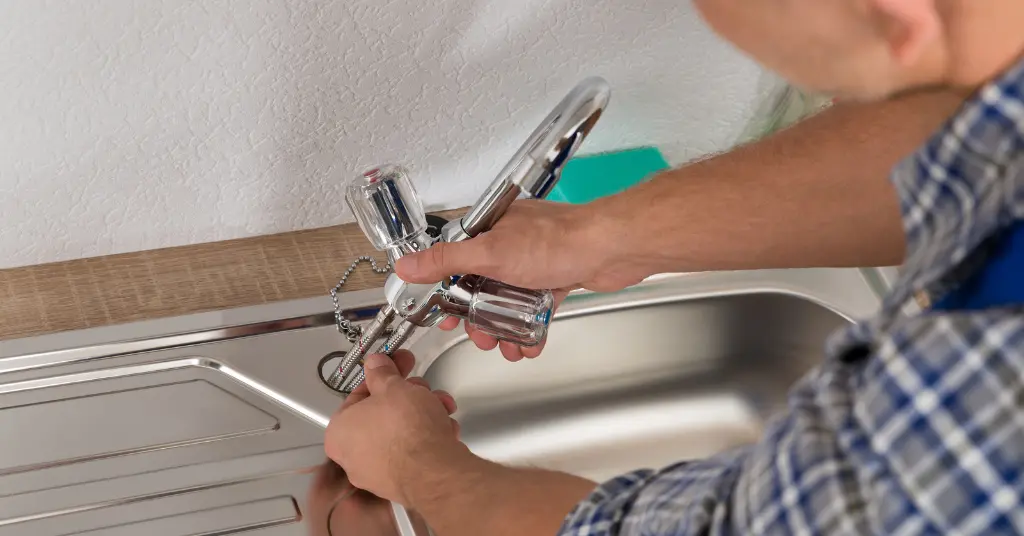
Save Money and Gain Satisfaction
 When it comes to home renovation, the kitchen sink is often one of the top items on the list. Not only does it serve as a functional and essential part of your kitchen, but it also adds to the overall design and aesthetic of the space. However, many homeowners are hesitant to tackle this project themselves, fearing that it may be too difficult or time-consuming. The truth is, with the right tools and knowledge,
installing a kitchen sink yourself can be a cost-effective and rewarding experience
. Here's why you should consider taking on this project yourself.
When it comes to home renovation, the kitchen sink is often one of the top items on the list. Not only does it serve as a functional and essential part of your kitchen, but it also adds to the overall design and aesthetic of the space. However, many homeowners are hesitant to tackle this project themselves, fearing that it may be too difficult or time-consuming. The truth is, with the right tools and knowledge,
installing a kitchen sink yourself can be a cost-effective and rewarding experience
. Here's why you should consider taking on this project yourself.
Cost-Effective Option
 One of the main reasons why homeowners choose to install their kitchen sink themselves is to save money. Hiring a professional plumber can be costly, and the cost may increase if any unexpected issues arise during the installation process. By doing it yourself, you can
save hundreds of dollars
in labor costs. Additionally, you have the freedom to choose the materials and fixtures that fit your budget, rather than being limited to what a plumber may offer.
One of the main reasons why homeowners choose to install their kitchen sink themselves is to save money. Hiring a professional plumber can be costly, and the cost may increase if any unexpected issues arise during the installation process. By doing it yourself, you can
save hundreds of dollars
in labor costs. Additionally, you have the freedom to choose the materials and fixtures that fit your budget, rather than being limited to what a plumber may offer.
Customization
 Another advantage of installing your kitchen sink yourself is the ability to customize it to your preferences. With a professional installation, you may be limited to the standard options offered by the plumber. By doing it yourself, you have the freedom to choose the size, shape, and style of your sink, as well as the type of faucet and other accessories. This allows you to
create a unique and personalized look for your kitchen
.
Another advantage of installing your kitchen sink yourself is the ability to customize it to your preferences. With a professional installation, you may be limited to the standard options offered by the plumber. By doing it yourself, you have the freedom to choose the size, shape, and style of your sink, as well as the type of faucet and other accessories. This allows you to
create a unique and personalized look for your kitchen
.
Gain Satisfaction and Knowledge
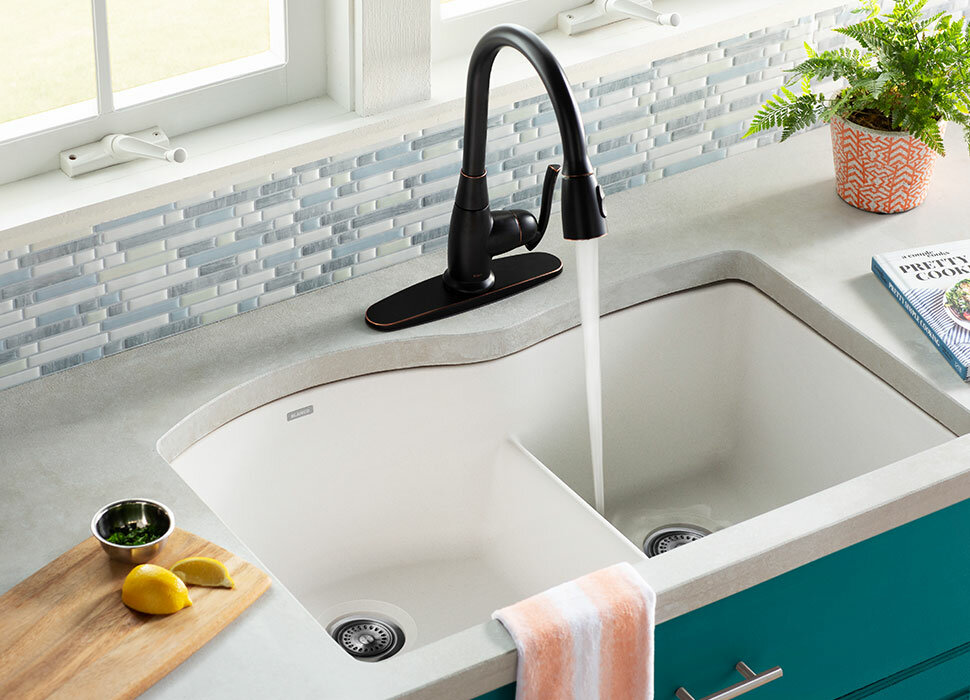 Taking on a DIY project can be a challenging and rewarding experience. Not only will you
gain satisfaction
from completing the installation yourself, but you will also
learn valuable skills and knowledge
that can be applied to future projects. You will have a better understanding of how your kitchen plumbing works and will be able to troubleshoot any issues that may arise in the future.
In conclusion, installing a kitchen sink yourself
can be a cost-effective, customizable, and satisfying option
for homeowners looking to update their kitchen. With proper research and preparation, you can successfully complete this project and
save money while adding value to your home
. So why not consider taking on the challenge and enjoy the sense of accomplishment that comes with a job well done?
Taking on a DIY project can be a challenging and rewarding experience. Not only will you
gain satisfaction
from completing the installation yourself, but you will also
learn valuable skills and knowledge
that can be applied to future projects. You will have a better understanding of how your kitchen plumbing works and will be able to troubleshoot any issues that may arise in the future.
In conclusion, installing a kitchen sink yourself
can be a cost-effective, customizable, and satisfying option
for homeowners looking to update their kitchen. With proper research and preparation, you can successfully complete this project and
save money while adding value to your home
. So why not consider taking on the challenge and enjoy the sense of accomplishment that comes with a job well done?



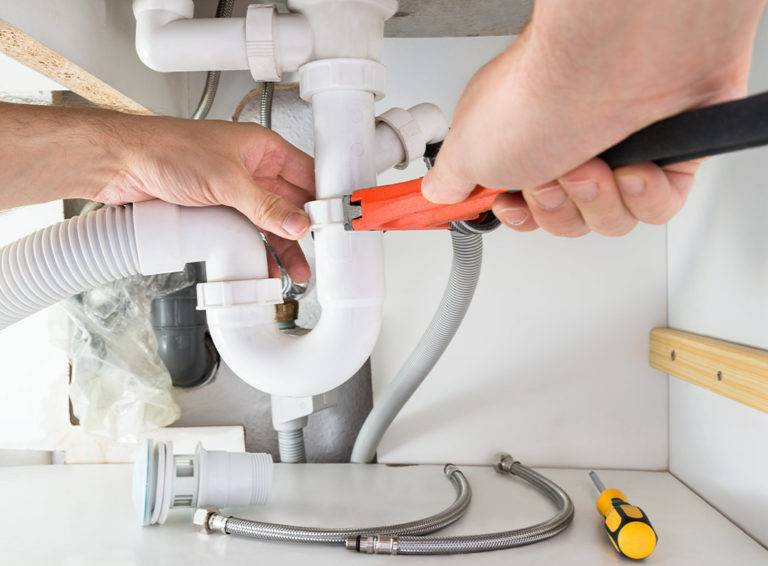







:no_upscale()/cdn.vox-cdn.com/uploads/chorus_asset/file/19495086/drain_0.jpg)







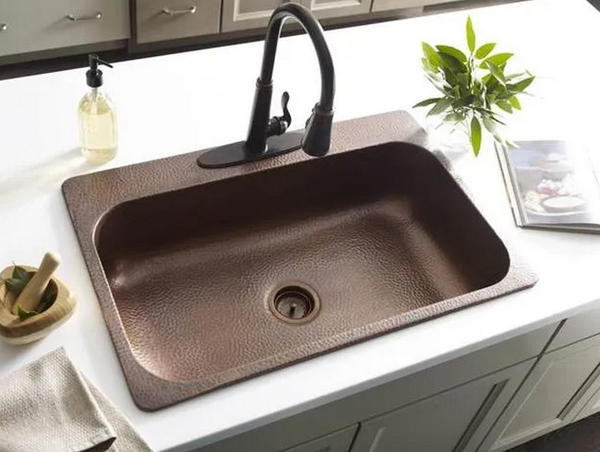










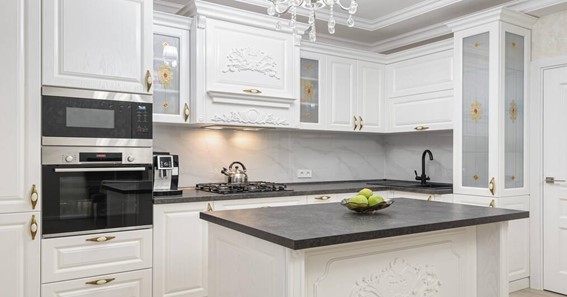







/how-to-install-a-sink-drain-2718789-hero-b5b99f72b5a24bb2ae8364e60539cece.jpg)
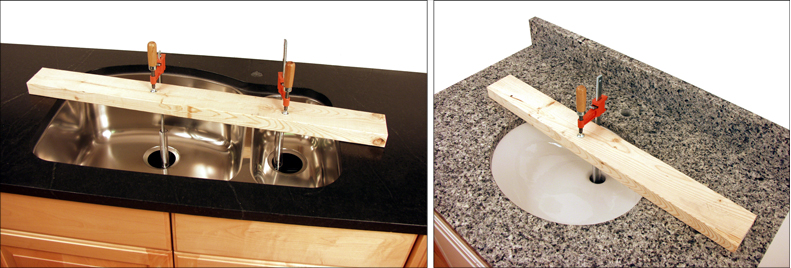

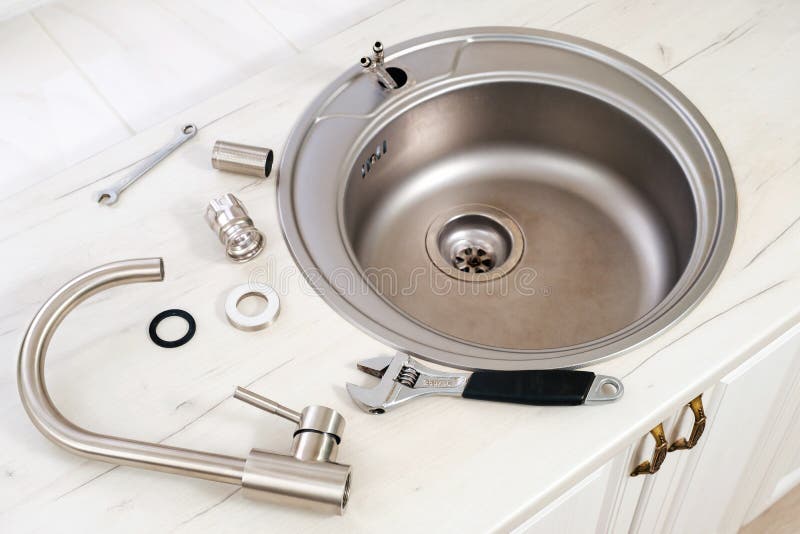





















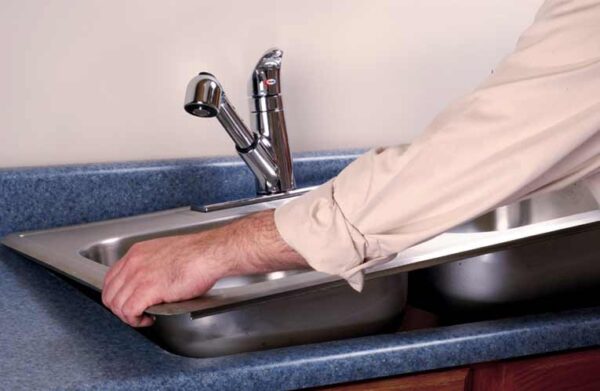
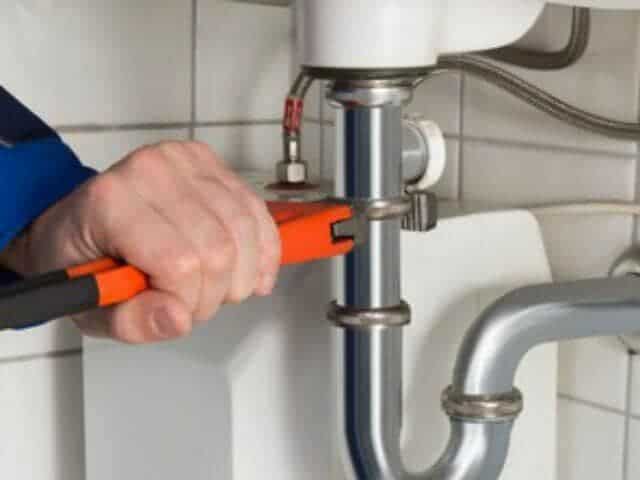
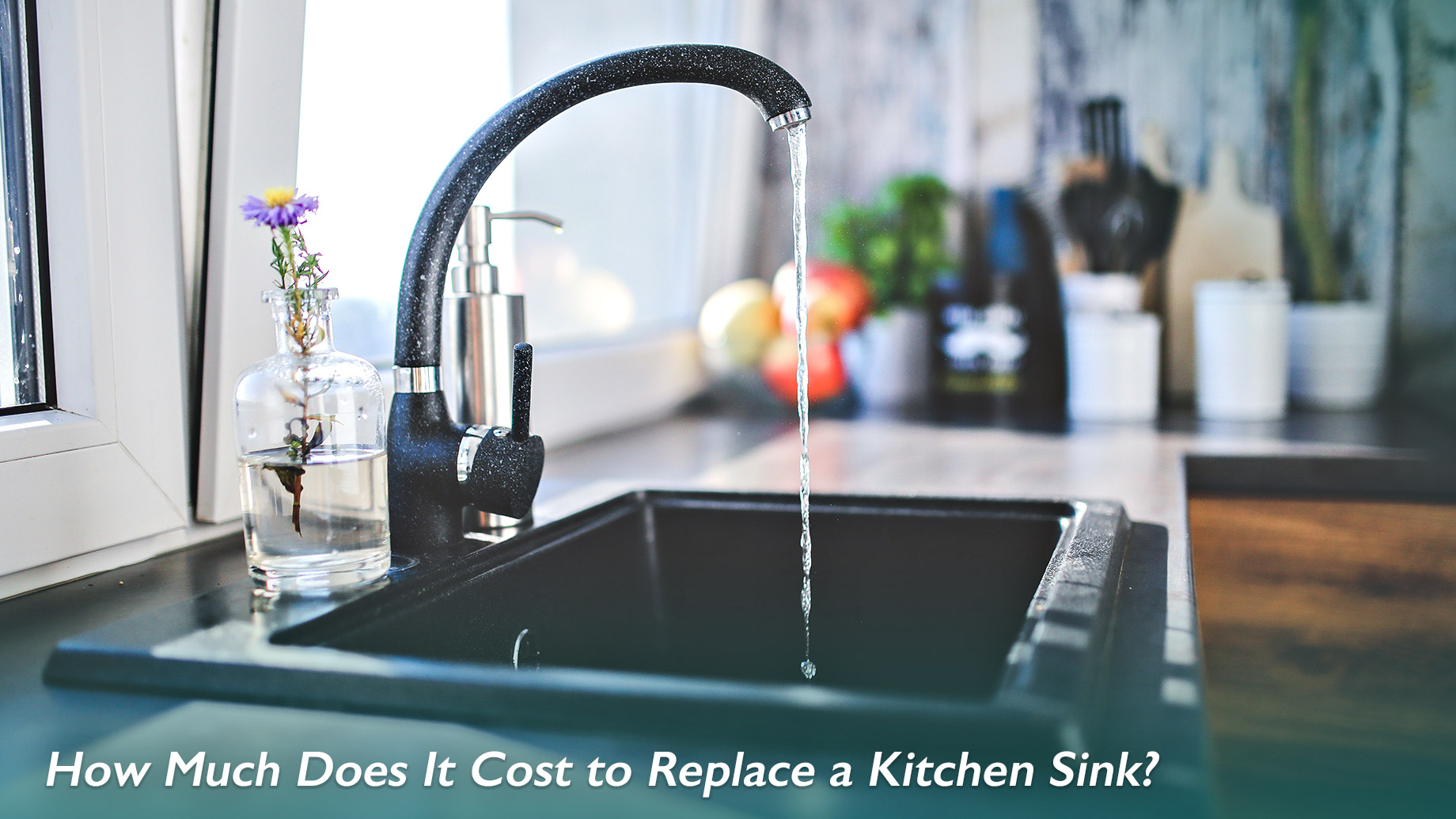



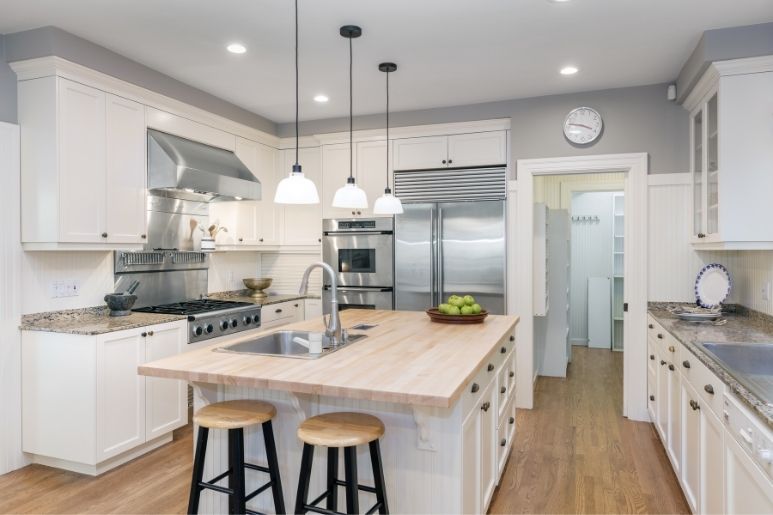


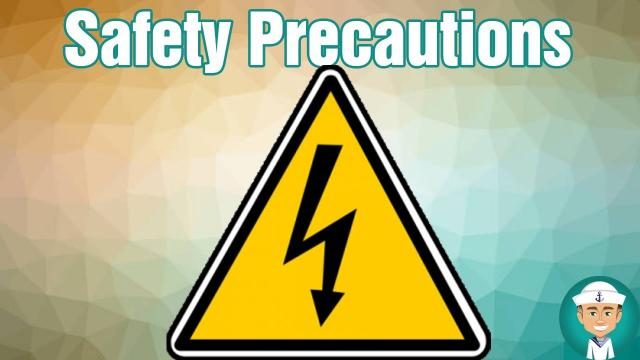

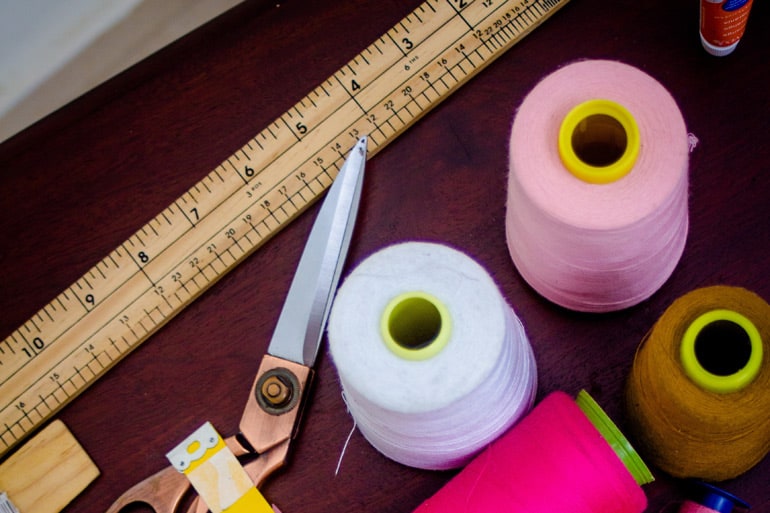
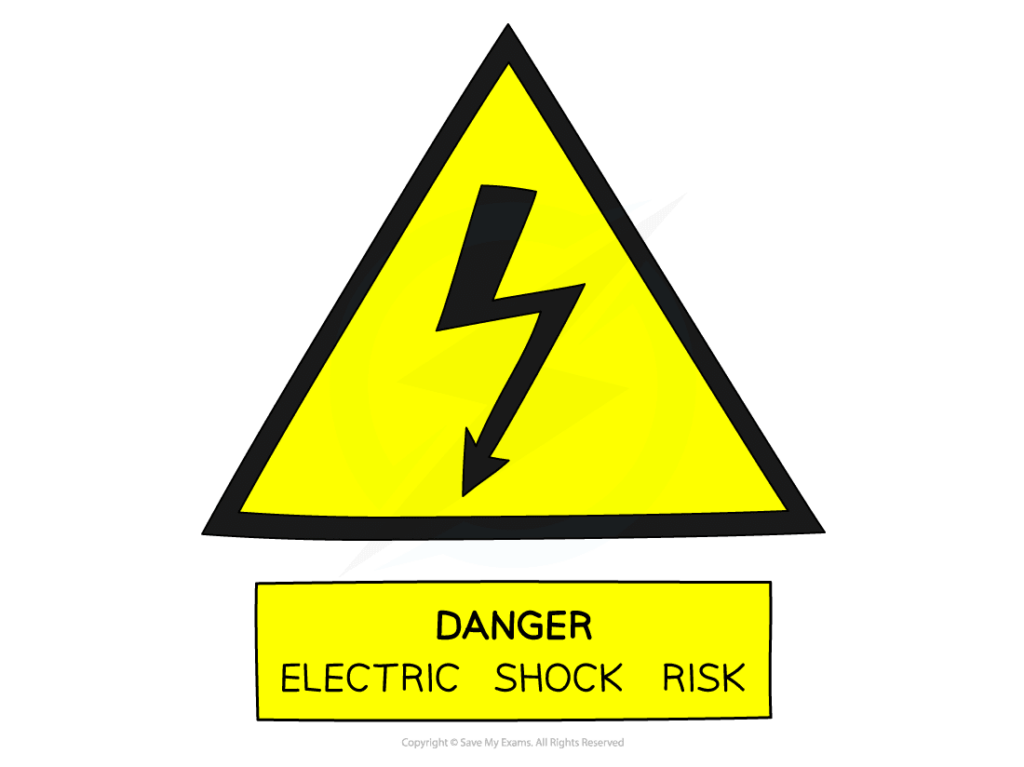
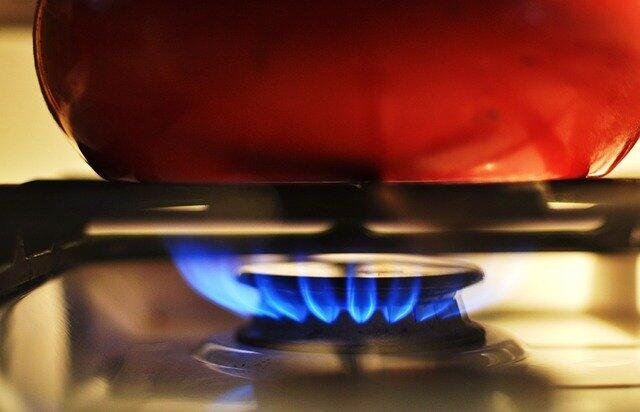

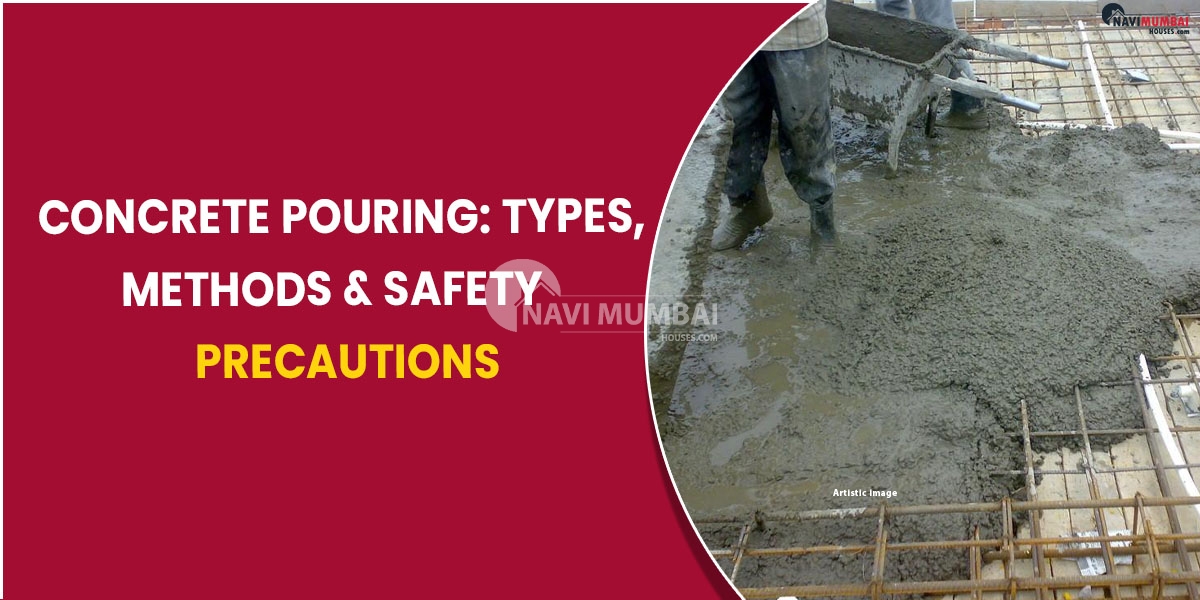
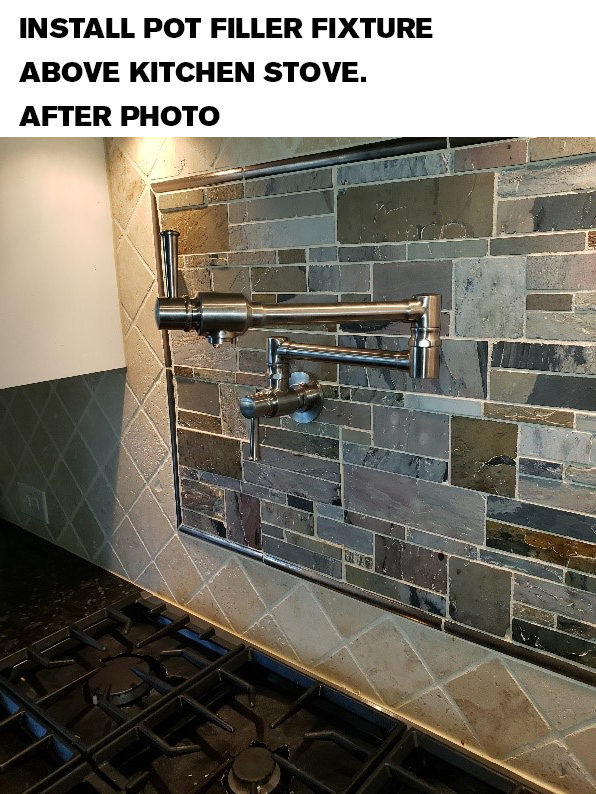
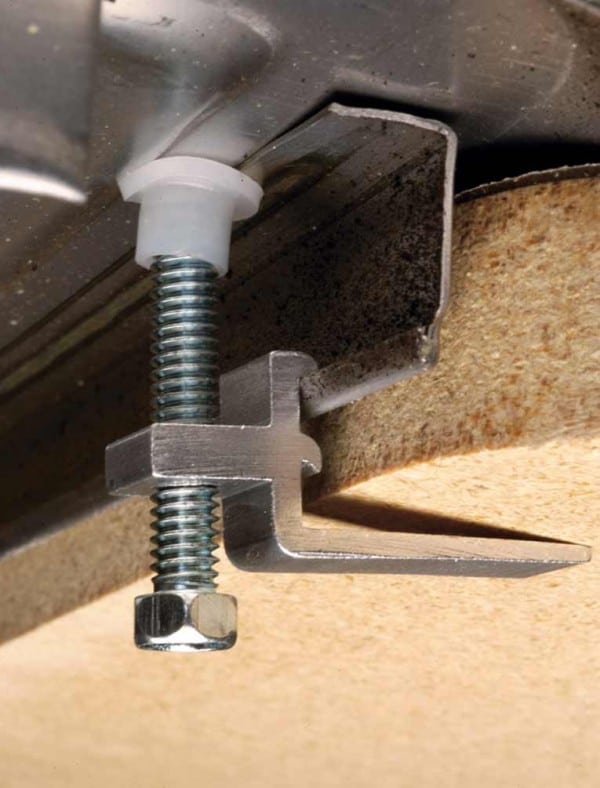

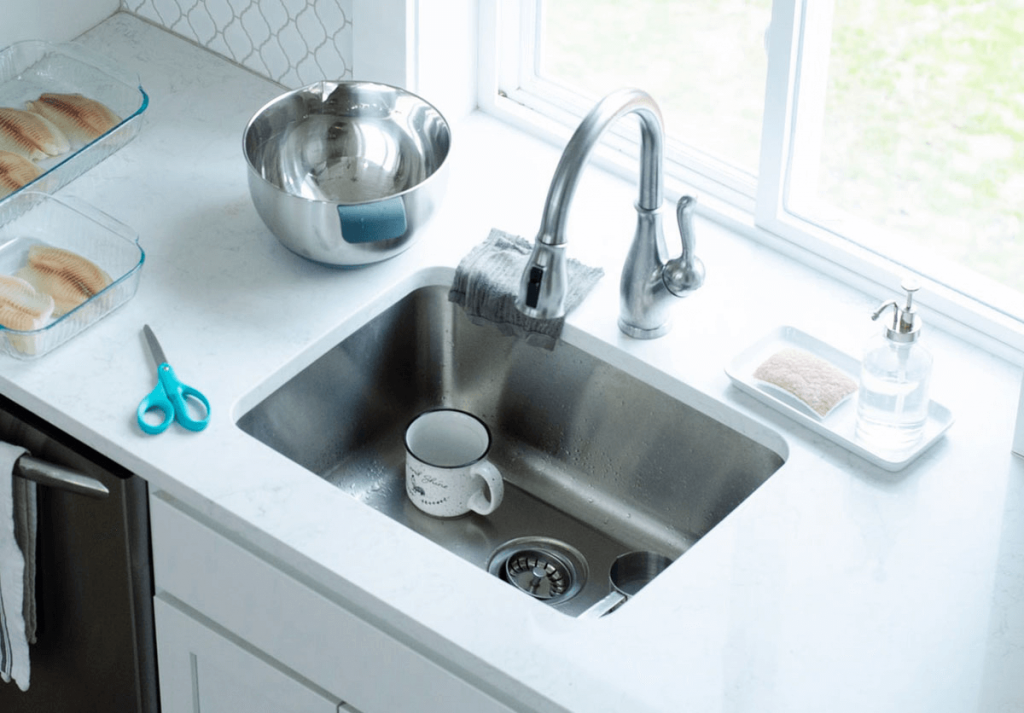
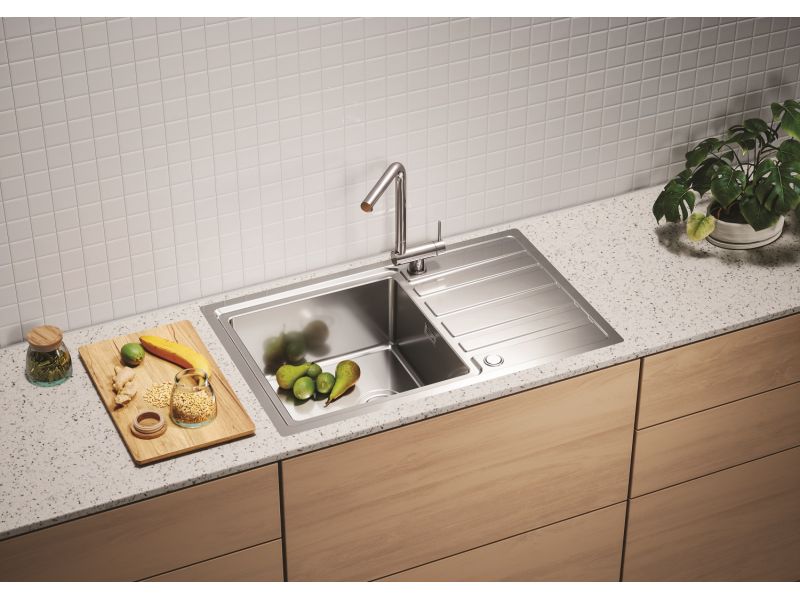

/how-to-install-a-sink-drain-2718789-hero-24e898006ed94c9593a2a268b57989a3.jpg)

